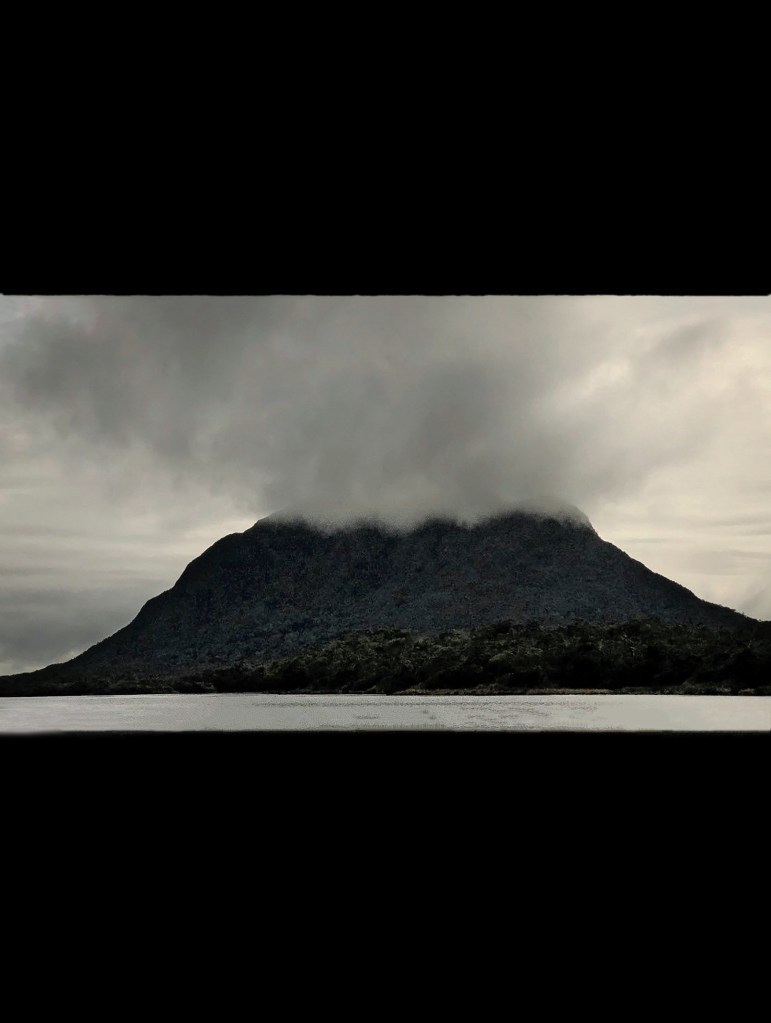Research can lead you to places you never expect: A Guest Post from David Grann

Research can lead you to places you never expect. While working on my latest book, The Wager, I found myself on a small, wood-heated boat off the Chilean coast of Patagonia, heading, amid a storm, through what is known as the Gulf of Pain. Waves crested over the vessel, before collapsing upon it in shuddering deluges. The hull was heaved so violently that I hunkered on the deck, not daring to stand—or I might be thrown and crack a limb.
As someone most suited for combing through library stacks and archives, I’d taken every possible remedy to stave off sea sickness. A scopolamine patch was wedged behind my left ear, and I was dosed on so much Dramamine that I was in a stupor. Still, I felt increasingly nauseous as objects—a jacket, a bilge pump—hurled past me. Other than the boat’s captain and crew, I had not seen another soul for days. I kept glancing out the porthole, until one morning, as the sun flickered through the mist, I glimpsed the realm that for so long had consumed my imagination: Wager Island.

I’d first learned of the extraordinary saga that had occurred there when I discovered, in an archive, a faded 18th-century journal written by John Byron, who had been a sixteen-year-old midshipman on the Wager, a British naval warship. He described how he and the rest of the company had set out in pursuit of a Spanish galleon filled with so much treasure it was known as “the prize of all the oceans,” but, after battling scurvy and a typhoon, they had shipwrecked on the desolate island, where they slowly descended into a state of depravity, with warring factions and mutiny and murder.
Each of my books has begun with such a seed—typically a diary or letter buried in an archive—which holds the clues to a hidden history. For my book Killers of the Flower Moon, which was about the systematic murder of members of the Osage Nation, in Oklahoma, for their oil money during the early twentieth century, it started when I saw a panoramic photograph at the Osage Nation Museum. Taken at a ceremony in 1924, the image showed a seemingly innocent pageantry of tribal members and white settlers. Yet I noticed that a part of the photograph was missing, and when I asked the museum director why, she said, pointing to the blank space, it was because “the devil” was standing right there. She then went down into the basement and brought up an image with the missing panel, which revealed one of the killers who had targeted the Osage people.
Piecing together these stories takes years of research, and sometimes can prompt me to do things I never would otherwise, like trekking through the Amazon in search of the Lost City of Z or venturing through the Gulf of Pain to reach Wager Island. After exploring the cold, barren island, I could finally understand why a British officer had described it as a place where “the soul of man dies in him.”



